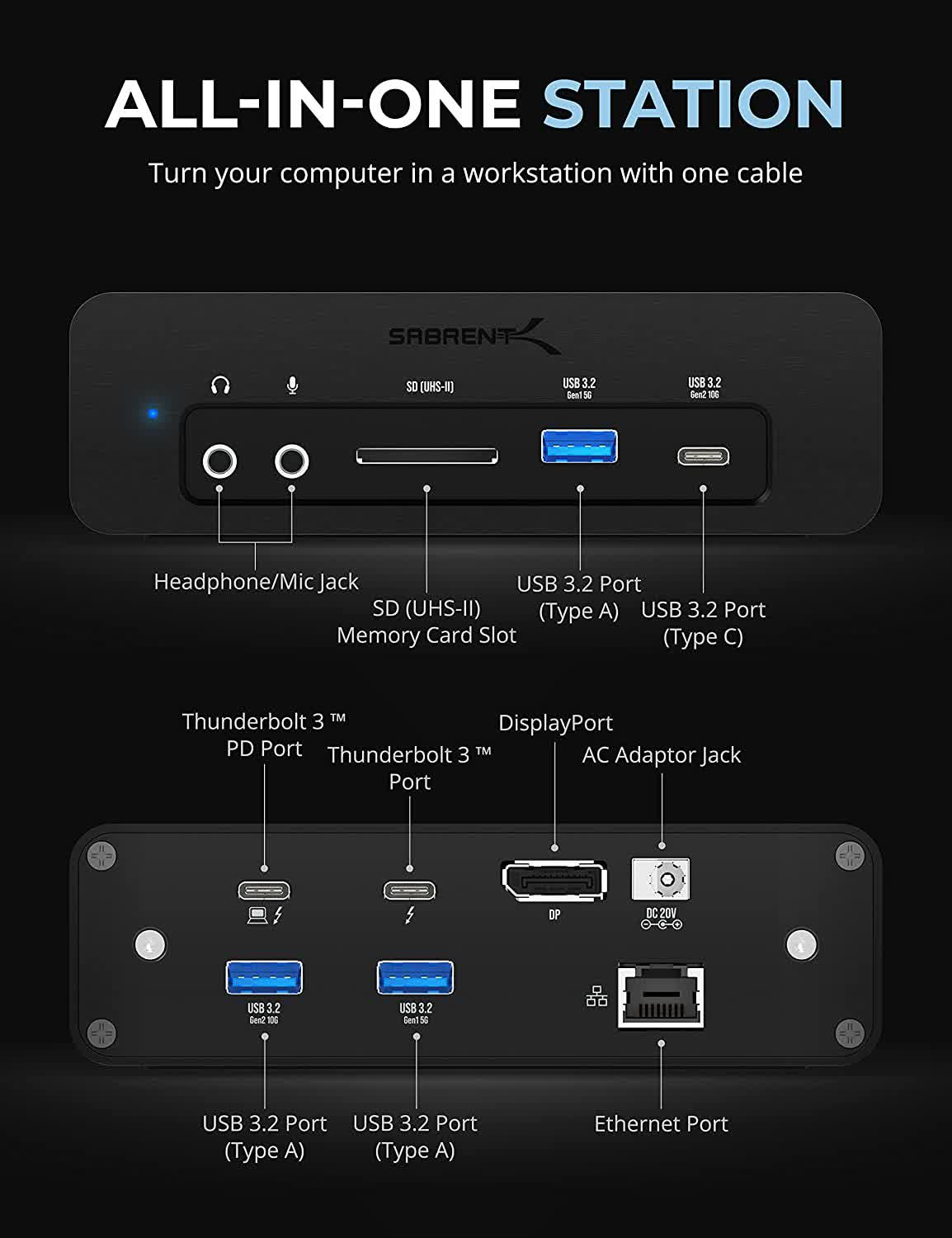Sony is known for making premium-grade TVs. While they may seem like a hefty investment, these TVs are great for upgrading or future-proofing your home theater. Until 2022, Sony and LG were the only two brands you could buy an OLED TV from, and their new OLED models continue to prove why they’re some of the best.
Sony prioritizes sound quality and offers televisions with Acoustic Surface Audio or Acoustic Multi Audio features. These features either turn the entire screen into a speaker for near-perfect sound and video syncing or create object tracking sound that follows on-screen action.
Plus, Sony televisions are optimized for console gaming on the new PlayStation 5, providing native 120Hz refresh rates, variable refresh rate support, and response times as low as 8.5ms.
To help you narrow down your choices, I’ve rounded up five of the best Sony TVs you can buy right now. I analyzed their features, screen sizes, and price points to help you find the best fit for your space and budget. You can keep reading below to find the Sony TV of your dreams.
Also: The best TVs: Budget-friendly to big-screen opulence
pros
- Dolby Vision and Atmos support
- Multiple screen sizes
- Acoustic Multi Audio
- AirPlay and Chromecast support
cons
- No Nvidia or AMD variable refresh rate support
- Pricey, especially at larger screen sizes
Tech specs: Screen size: 65, 75, 85 inches | Panel type: Full array LED | HDR: Dolby Vision, HDR10 | Audio: Dolby Atmos, DTS Digital Surround | Refresh rate: 120Hz | Resolution: 4K | VRR support: In dedicated gaming mode
The new Bravia X95J from Sony is one of the best the brand has to offer. It comes in 65, 75, and 85-inch screen sizes and uses a full array LED panels. Plus, it supports Dolby Vision and HDR10 to give you crystal clear images, excellent contrast, and bold colors. The updated processor uses AI to analyze shows and movies scene-by-scene for the best native and upscaled 4K resolution possible, while the extra wide viewing angles ensure you can see everything no matter where you’re seated.
With the Google TV platform, you’ll get hands-free voice controls with Hey Google, but you can also set up a connection with Alexa if you prefer. The X95J uses Sony’s Acoustic Multi Audio feature, which works with multiple speakers and subwoofers placed around the screen to follow the action and create immersive sound. It supports AirPlay and Chromecast, too, so you can share videos, photos, and music from your iOS and Android devices.
If you’re a console gamer, this TV is optimized for use with the new PlayStation 5, giving you input response times as low as 8.5ms, a 120Hz refresh rate, and automatic tone mapping to make your games run smoothly and look their best.
pros
- Excellent picture quality
- AI-assisted upscaling
- Acoustic Surface Audio+
- Dolby Vision and Atmos support
cons
- Pricey
- Limited screen sizes
- No Nvidia or AMD VRR support
Tech specs: Screen size: 55, 65, 77 inches | Panel type: OLED | HDR: Dolby Vision | Audio: Dolby Atmos | Refresh rate: 120Hz | Resolution: 4K | VRR support: In dedicated gaming mode
An OLED TV delivers excellent picture quality with rich colors, incredible contrast, and enhanced detailing. The A80K from Sony is the best OLED model from the brand, and it uses Sony’s Triluminos Pro and Contrast Pro technologies to produce a better range of colors and sharper contrast than previous models. The updated processor uses AI to analyze shows and movies scene by scene for the best picture possible in both native and upscaled 4K resolution.
It also uses the Google TV platform to give you access to a suite of preloaded apps, including Netflix, Hulu, and Disney+, as well as voice controls with Hey Google and Alexa. It supports AirPlay so you can share music, photos, and videos from your iOS devices. You’ll also get near-perfect audio and video syncing with the Acoustic Surface Audio+ feature. Plus, the TV has tiny actuators behind the display panel that can turn the entire screen into a speaker. And with Dolby Atmos, you’ll get room-filling, virtual surround sound.
pros
- Bravia Cam compatible
- Dolby Atmos and Vision support
- Under $600
cons
- No Nvidia or AMD VRR support
Tech specs: Screen size: 43 inches | Panel type: LED | HDR: Dolby Vision | Audio: Dolby Atmos | Refresh rate: 120Hz | Resolution: 4K | VRR support: In dedicated gaming mode
Sony TVs tend to be expensive, but the 43-inch X85K is an affordable option with a price tag just below $600. However, even though it’s more budget-friendly, Sony didn’t skimp on premium-grade features. You’ll get incredible picture and sound quality with Dolby Atmos and Dolby Vision support, as well as a 120Hz refresh rate for buttery smooth action.
The smaller screen size makes the X85K a great choice for dorm rooms and apartments or as a second TV in your bedroom or kids’ playroom. This model has built-in sensors to monitor ambient light and sound, and it automatically adjust screen brightness and audio settings for the best visibility and listening experience in almost any environment. You can also set up a Bravia webcam with this TV for gesture-based controls or making video calls with family and friends.
pros
- Bravia Cam compatible
- Dolby Vision and Atmos support
- Built-in light and sound sensors
- Calman screen calibration
cons
- No Nvidia or AMD VRR support
- Alexa requires third-party smart speaker
Tech specs: Screen size: 85 inches | Panel type: LED | HDR: Dolby Vision | Audio: Dolby Atmos | Refresh rate: 120Hz | Resolution: 4K | VRR support: In dedicated gaming mode
If you’re shopping for a big screen TV to upgrade a larger living room or home theater, the X80K from Sony is a great choice. The 85-inch screen works with Sony’s Triluminos Pro technology as well as Dolby Vision and HDR10 for great color volume and enhanced detailing in both native and upscaled 4K content. The native 120Hz refresh rate gives you smoother motion in action scenes, so you never miss a second of your favorite movies, shows, or sports broadcasts. You can even calibrate the screen with a Calman app to fine-tune color, contrast, and detailing to suit your environment.
There is also a built-in ambient audio sensor that monitors sound levels in the room to automatically adjust volume and sound settings, giving you the best listening experience. Dolby Atmos support gives you room-filling, virtual surround sound for more immersive audio. The voice-enabled remote has Hey Google built in for hands-free controls, and you can connect an Amazon Echo smart speaker to your TV in order to use Alexa. You can even set up a Bravia Cam to use gesture controls or make video calls with your TV.
pros
- Four HDMI ports
- Calman calibration
- VRR support
- 8.5ms response time
cons
- No Nvidia or AMD VRR support
- Limited screen sizes
- Expensive
Tech specs: Screen size: 65, 75, 85 inches | Panel type: Mini LED | HDR: Dolby Vision | Audio: Dolby, Dolby Atmos, DTS Digital Surround | Refresh rate: 120Hz | Resolution: 4K | VRR support: In dedicated gaming mode
If you have the new PlayStation 5, OLED Switch, or Xbox Series X|S, you’ll want the X95K from Sony to get the most out of your gaming experience. It comes in 65, 75, and 85 inch screen sizes, so you can find the right size for any space. The mini LED panel is capable of producing over one billion different colors for vibrant, lifelike images. You can also calibrate the TV screen with an app by Calman to fine-tune color, contrast, and detailing.
The screen has an anti-reflection coating to reduce glare from overhead and ambient lighting, giving you better visibility, while a built-in light sensor monitors ambient lighting levels to automatically adjust brightness and color ranges. The X95K has six 10 watt speakers that work with Sony’s Acoustic Multi Audio technology to create sound that follows on-screen action for a more immersive experience.
You can choose between six audio presets to suit your favorite game genres, and you can set up wireless soundbars with Bluetooth connectivity for a custom gaming space. A dedicated gaming mode uses variable refresh rate technology to sync your TV’s refresh rate with your console’s for smoother playback. Plus, the native 120Hz refresh rate helps reduce motion blur and screen tearing without VRR. The game mode also automatically reduces input lag to give you response times as low as 8.5ms. And with four HDMI inputs, you can connect multiple consoles for the ultimate gaming space.
My pick for the best Sony TV is the Sony Bravia X95J. It has support for both HDR10 and Dolby Vision for crystal clear images in both native and upscaled 4K resolution as well as Dolby Atmos for virtual surround sound. AirPlay and Chromecast connectivity let you share content from your mobile devices, while the dedicated gaming mode gives you 8.5ms response times as well as a native 120Hz refresh rate for buttery smooth motion.
Sony TV | Price | Panel type | Screen size |
Sony Bravia X95J | $1999 | Full-array LED | 65, 75, 85 inches |
Sony Bravia A80K | $1399 | OLED | 55, 65, 77 inches |
Sony X85K | $599.99 | LED | 43 inches |
Sony X80K | $1600 | LED | 85 inches |
Sony X95K | $2200 | Mini LED | 65, 75, 85 inches |
Once you’ve nailed down a budget for your new Sony TV, you should make a list of features you want to prioritize. If you want the best picture possible for watching movies and TV shows, you’ll want to get an OLED model for its excellent color volume, contrast, and detailing. If sound quality is your top priority, you’ll want a model with either Acoustic Multi Audio or Acoustic Surface Audio for object tracking sound or near-perfect video and audio syncing, respectively.
Choose this Sony TV… | If you want or are… |
Sony Bravia X95J | A well-rounded Sony TV for your home theater |
Sony Bravia A80K | An OLED Sony TV for excellent picture quality |
Sony X85K | An affordable Sony TV |
Sony X80K | A big-screen Sony TV for larger rooms |
Sony Bravia X95K | A Sony TV that can be dedicated to console gaming |
While Sony is known for their premium TV models, I tried to choose a variety of televisions at different price points to suit most budgets. I also chose Sony TVs that came in the most popular screen sizes so they would fit in most living rooms, apartments, and home theaters.
Bravia started out as a brand of Sony televisions, but it has since become a subsidiary wholly dedicated to producing high quality televisions. It’s an acronym that stands for Best Resolution Audio Visual Integrated Architecture. All OLED, mini LED, and full-array LED Sony TVs are made under the Bravia moniker.
With the nature of smart TVs, there are some pretty hard limits on how long your new Sony TV will last. The good news? You can expect to get at least five years of use before you start thinking about an upgrade. You can also expect your Sony TV to have run its course around the 10 year mark, since it’s highly unlikely to keep receiving firmware updates to run streaming apps or connect to the internet.
To find the ideal TV size for your space, you need to measure (in inches) the distance between your couch and where your TV will be wall mounted or placed on a stand. Then, you’ll divide that number in half.
So if your couch is 120 inches (10 feet) from where your TV will be, the best screen size will be 60 inches. You can always go a bit smaller or larger depending on your budget and what is available from manufacturers, but a screen that is too large will overwhelm your space and can even cause motion sickness. Conversely, a screen that is too small will make your room feel like a cavern and force everyone to crowd around in order to see properly.
At the time of writing, there is no native 8K content that can be broadcasted, streamed, or played on a Blu-Ray or UHD DVD disc. And I don’t anticipate there being any native 8K content available for at least a few years. This, combined with the exceptionally high prices of 8K TVs, makes me inclined to give you a solid “no.”
However, if you’re keen to future-proof your home theater, you can always take advantage of the TV’s ability to upscale 4K, 1080p, and 720p content into 8K.
Sony has a wide selection of OLED, mini LED, and full-array LED televisions for brand loyalists as well as customers shopping for a reliable, quality television. Here’s a short list of alternative options that I think are worth considering:
Note: This article have been indexed to our site. We do not claim legitimacy, ownership or copyright of any of the content above. To see the article at original source Click Here












